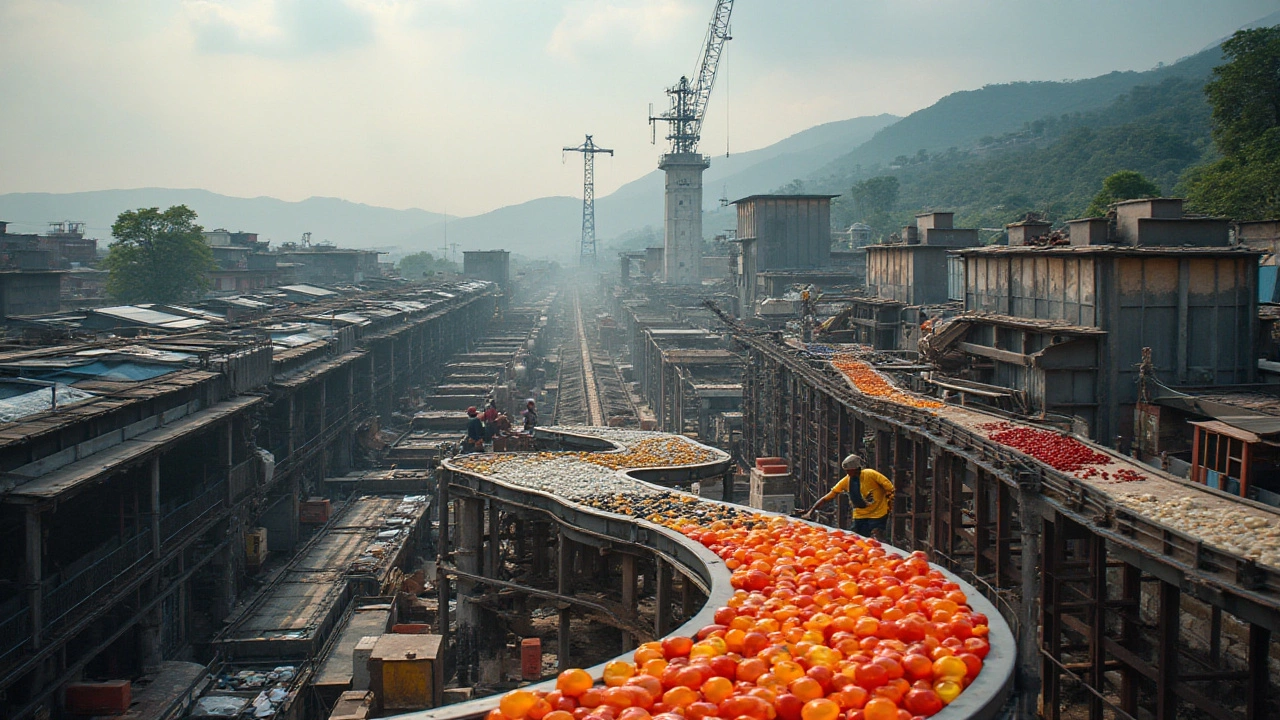Unit Process
When working with unit process, a single, measurable step that turns raw inputs into finished outputs, you’re looking at the smallest functional piece of any production system. Also known as unit operation, a unit process can be as simple as mixing two chemicals in a reactor or as complex as a single pass through a dryer. It’s the core of process engineering, the discipline that designs, analyzes, and improves these steps to meet quality, safety, and cost goals. By breaking a larger workflow into clear unit processes, engineers can isolate bottlenecks, measure performance, and apply targeted upgrades.
Why unit processes matter across industries
Every unit process sits inside a broader manufacturing process, whether you’re producing recycled PET bottles or assembling automotive components. In the plastics sector, for instance, the melt‑extrusion step is a unit process that defines resin flow, temperature, and shear rate, directly influencing the quality of the final film. In agriculture, the same principle applies: the seeding phase of a rice field, the drip‑irrigation event in a container garden, or the soil‑re‑hydration technique for dry beds are all unit processes that govern yield and water use. When you pair a unit process with effective agricultural process, you get a repeatable, scalable method for growing crops with less waste and higher productivity. The link between unit processes and process optimization is straightforward—once you understand each step’s inputs and outputs, you can apply lean tools, sensor data, or AI models to shave minutes off cycle times and cut energy consumption.
Across the articles in this collection, you’ll see unit processes in action: a plastic‑demand analysis shows how the extrusion unit process drives market trends for rPET, while a no‑till gardening guide explains how the single soil‑disturbance step improves soil health. The high‑paying factory jobs piece highlights how a skilled operator in a unit process like CNC milling can command top salaries, demonstrating the human side of process engineering. Meanwhile, the piece on India’s car‑sales slowdown points to the assembly line’s unit processes—painting, welding, testing—as choke points that amplify market signals. By looking at each of these examples, you’ll grasp how a clear view of individual steps helps companies anticipate challenges, innovate faster, and deliver better products.
Bottom line: mastering unit processes gives you a universal language to talk about any production system, be it a steel mill in Europe, a cotton textile workshop in Gujarat, or a backyard garden in Bangalore. The posts below dive deeper into specific unit process applications, reveal real‑world performance data, and share practical tips you can adapt today. Keep reading to see how breaking down complex workflows into manageable steps can unlock efficiency, sustainability, and profitability in your own projects.
Unit Process Example in Food Processing: What Really Happens Inside the Factory
This article dives into what a unit process means in the world of food processing and gives a concrete example that anyone can relate to. It uncovers how these steps make food safer, tastier, and longer lasting. There's a focus on why each step matters, not just for big factories but even for home kitchens. If you've ever wondered exactly what happens to your food between farm and fork, this breaks it down into easy-to-understand chunks. Tips for recognizing unit processes in everyday foods are sprinkled throughout.
- manufacturing
- India
- food processing
- garden tips
- rice cultivation
- government schemes
- balcony garden
- urban gardening
- balcony gardening
- profitable business
- business ideas
- plastic manufacturing
- drip irrigation
- plant care
- steel manufacturing
- sustainable gardening
- startup ideas
- steel industry
- flower gardening
- textile manufacturers






